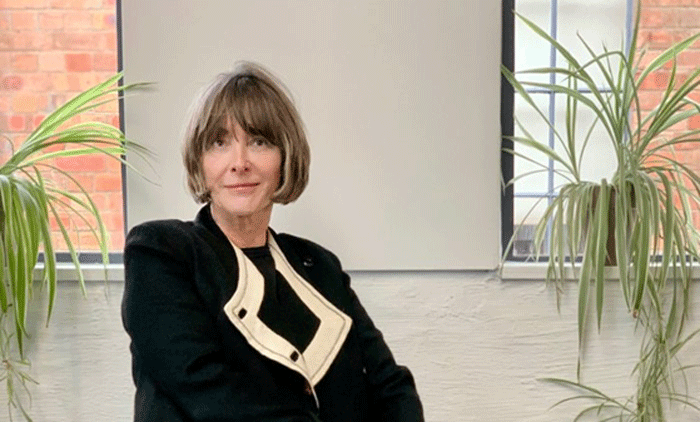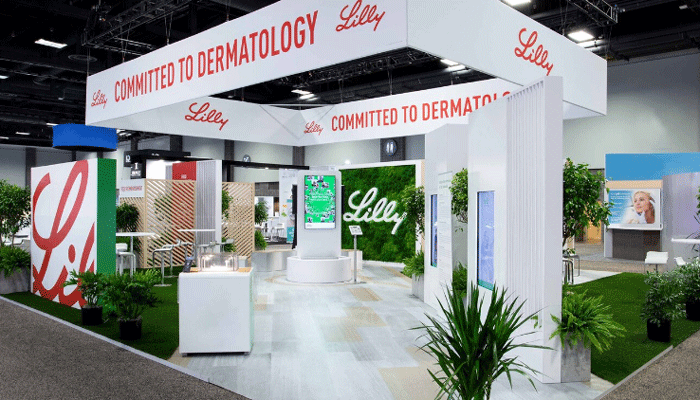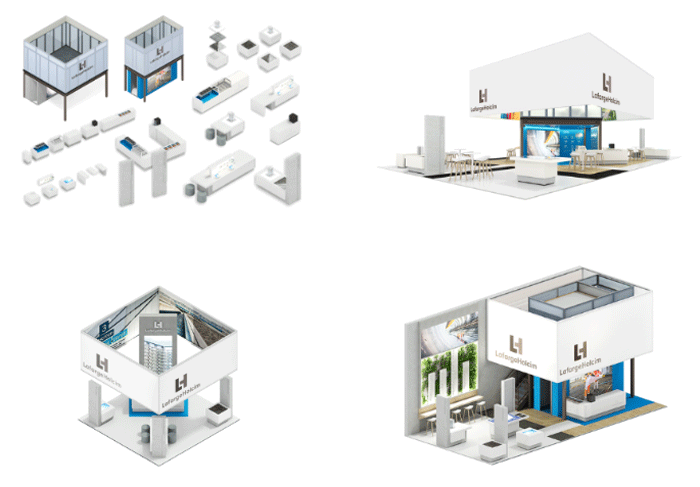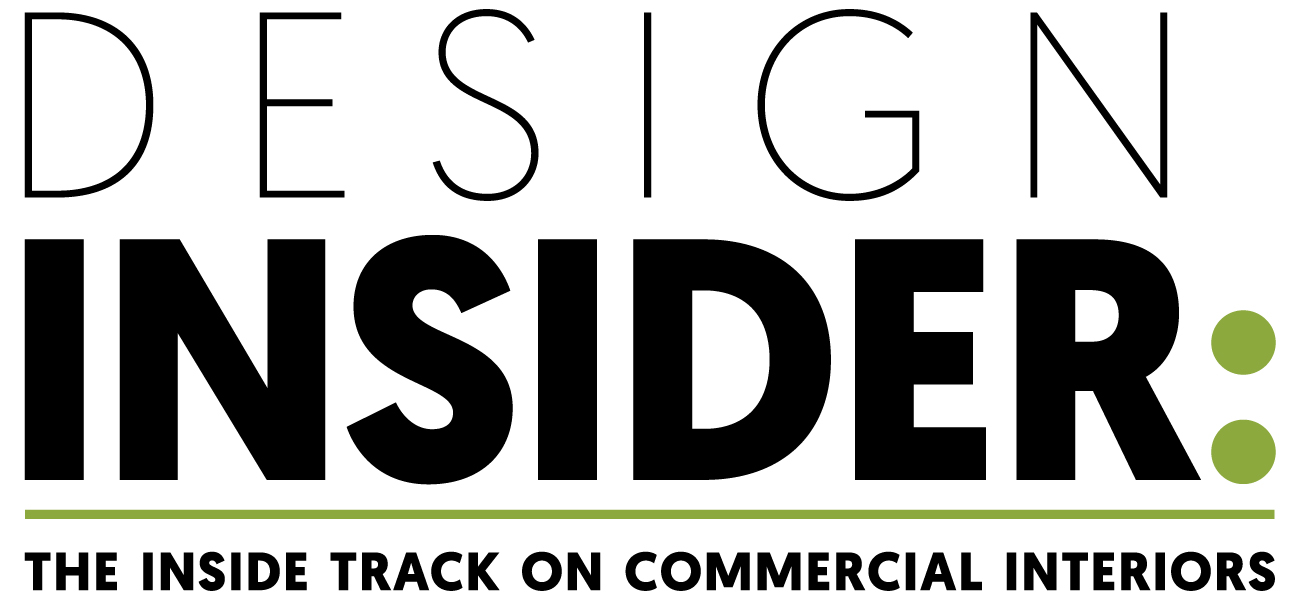Claire Menzies: Why You Need to Integrate Sustainability into Design Practices?
Written by Claire Menzies, Group Chairwoman & Founder at Istoria Group
Introduction to Sustainable Design
As business leaders, it’s crucial to recognise that we are the driving forces within the design industry. We therefore hold a responsibility to operate in a sustainable way across a broad range of factors, including environmental, human, social and economical. Our goal is to integrate sustainable practices across every facet of our work, ensuring that our industry contributes positively to both society and the environment. The days of considering sustainability as an add-on are behind us.

A Holistic Business Approach
True sustainability requires a holistic business approach—one that balances environmental goals with social responsibility and economic viability. In practice, this means rethinking the way we run our businesses, from the ground up. As designers, we have a responsibility to ensure that our work contributes to the well-being of society, while also delivering economic value to our clients and stakeholders. So, where do we start? We believe the power in change starts by aligning a considered brief with empowered and creative people.
At Istoria Group, this holistic approach starts at the point of receiving the brief. The designers will always bring it back to sustainable principles, where possible. By placing a spotlight on the benefits of sustainable implementation and practice from the start, the output of the work is often more aligned with the clients’ sustainable development goals. The outcome? Clients who can walk the talk with their policies, making them happier, whilst also creating an asset that is designed to be repurposed or re-used time and time again. This holistic approach has not only benefited our brand reputation but has also brought our clients closer to their own sustainable development goals, whilst also bringing them long-term financial gains. Sustainability is not just the right thing to do—it’s smart business.
With the right people and processes, we have created a culture where sustainability is at the core of Istoria Group, and the results are cumulative. Our motivated and passionate team happily drives forward sustainable values, which in turn attracts ambitious clients to the organisation, allowing us to do more of the work we love. It’s a stakeholder win-win.
Sustainable Materials and Processes
When discussing sustainability in design, choosing eco-friendly materials is just one part of the creative process. The way we produce, transport, and repurpose waste plays a critical role in determining the overall sustainability of a project. By considering all elements involved in production, we create designs that are not only beautiful but also strive to be ethically sound.
One of our biggest challenges today is finding suppliers who mirror our commitment to sustainability in both materials and processes. The landscape is filled with options, yet identifying partners who are committed to identifying and exploring new opportunities to do more can prove difficult. As we strive to build a network of responsible partners, it’s essential to seek those who demonstrate transparency, accountability and a shared vision. This collaborative approach not only strengthens our commitment but contributes to the sustainability of the design industry as a whole.

Case Studies: Leading by Example
Several design agencies have pioneered sustainable practices, demonstrating the positive effects of this broader, more comprehensive approach. Ignition, (part of Istoria Group), is one such agency leading by example in the exhibition and event space, not only through modular stand designs but also by setting ambitious sustainability targets. Ignition is currently set to achieve carbon neutrality by 2030. The commitment to the Science Based Targets institute (SBTi) reflects a business model that understands the necessity of aligning profitability with sustainability goals.
Implementing these sustainability principles into Ignition’s work has paid for itself. One of Ignition’s pharmaceutical clients saved $5.5million over 7 years, through neutral continuous review and improvements. Whilst the savings were not based on environmental impact alone, the contribution of modular, reusable designs, along with enterprise-wide efficiency & consistency measures, contributed greatly to this saving. By handing over budget stewardship to Ignition, the client saved millions that could then be re-invested elsewhere in the business.

A Sustainable Future for the Design Industry
Sustainability must be seen as a multi-faceted approach that addresses not just environmental concerns but also the social, economic, and human aspects of our work. As leaders in the design industry, we have a responsibility to embrace this broader definition of sustainability and integrate it into every aspect of our business. This includes making responsible material choices where possible, considering the welfare of our stakeholders, and ensuring that our designs contribute positively to society at large.
I believe that businesses that adopt this holistic view of sustainability will thrive in the future. They will not only be better prepared to meet the growing demand for responsible practices but will also foster stronger and longer relationships with clients, employees, and communities. Sustainability isn’t just about protecting the planet; it’s about creating a business model that benefits everyone involved. And for the design industry, that means looking beyond the immediate and working towards a future that is balanced, equitable, and economically sound.




